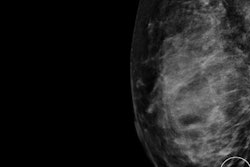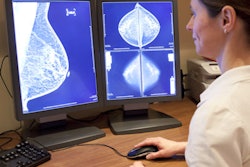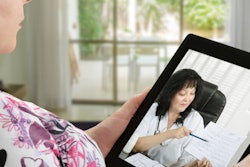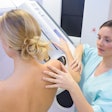
Communication is key for ensuring timely patient follow-up on abnormal mammogram results, according to the findings of a qualitative study featuring a diverse group on women in the Journal of General Internal Medicine.
The study, published on June 29, included interviews with women in San Francisco who had BI-RADS 4 or 5 findings, which come with a recommendation for biopsy. Women with positive patient experiences and prompt biopsies tended to have a dedicated patient advocate and better communication with healthcare providers and staff.
"Participants' experiences depended largely on organizational processes and provider communication, suggesting facilities with support mechanisms and bilingual personnel who provide explanations in lay language were most likely to facilitate timely and functional follow-up," wrote the authors, led by Jazmine Kenny, a public health graduate student at the University of California, Merced.
For the study, Kenny and colleagues from the University of California, San Francisco recruited 61 study participants who spoke English, Spanish, or Cantonese and had a BI-RADS 4 or 5 finding on a recent mammogram. The participants were all between the ages of 40 and 74 and had no prior personal history of ductal carcinoma in situ or invasive breast cancer.
The participants underwent mammography at one of three types of institutions:
- A safety-net facility that primarily serves publicly insured or uninsured patients
- An academic facility that primarily serves a publicly insured population
- A community facility that sees a diverse, primarily insured population
Three trained interviews spoke with participants about their healthcare experiences in a semi-structured format. The interviewers used the patients' language of choice, and discussions lasted no more than one hour.
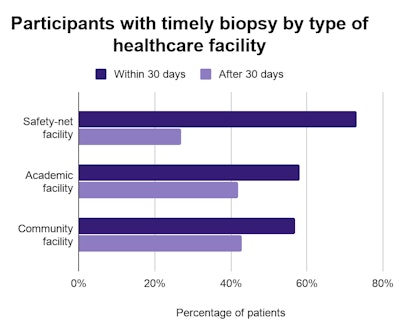
About two-thirds of participants underwent a biopsy within 30 days of their abnormal mammogram results. A higher proportion of women who received care at the safety-net clinic had a timely biopsy than those who visited the academic institution or community facility.
Patients with delayed care often cited issues with one-way communication, particularly voicemail messages. In one instance, a patient at the academic institution received a voicemail message that gave an incorrect callback phone number and otherwise left no details on the right person or department to contact.
Patients also said that calling facilities to make appointments or get more information was difficult, particularly for people who experienced a language barrier. Furthermore, many women reported having trouble understanding medical terms or getting answers to their medical questions.
Meanwhile, women with positive experiences and prompt biopsies tended to have two-way communication with healthcare staff, the researchers noted. Often, the patients also found a dedicated advocate who could answer their questions, help make appointments, and explain results in layman's terms and/or their primary language.
These advocates were built into the safety-net facility, which employs patient navigators and professional interpreters. But patients with positive experiences at other types of facilities typically found an advocate in nurses or support staff.
In some instances, the patient's primary care physician served as her advocate. In one case, a physician understood enough Spanish to effectively communicate the results to her Spanish-speaking patient. In another instance, the patient's primary care physician checked in with her before the biopsy to answer questions and see if she was anxious.
"Women who received care from institutions with more robust support staff, such as bilingual navigators, more often than not reported understanding their results and timely abnormal mammogram follow-up," the authors concluded. "These reports were consistent across women from diverse ethnic groups and suggest the value of organizational support services between an abnormal mammogram and resolution for improving follow-up times and minimizing patient distress."




